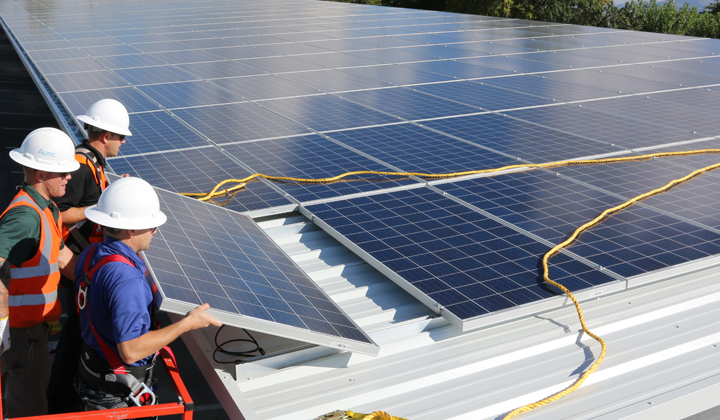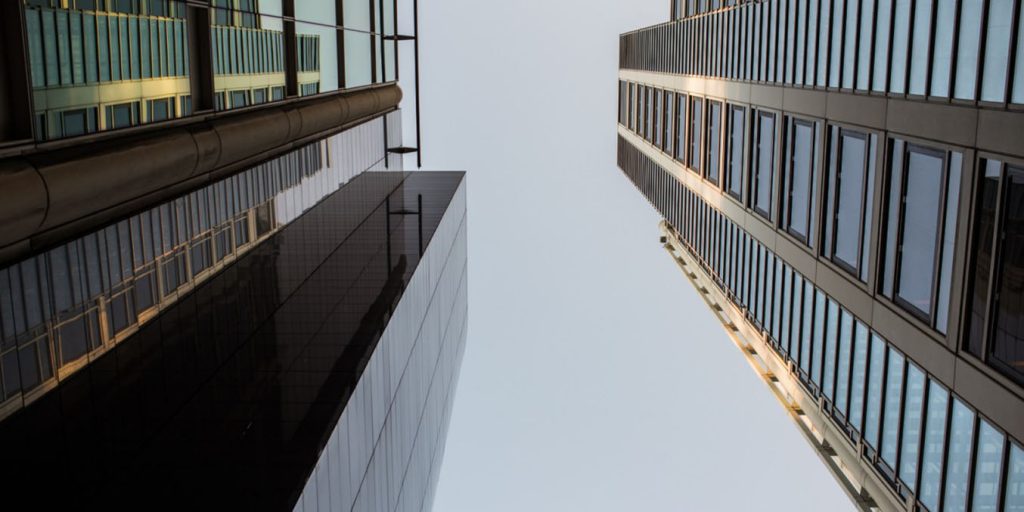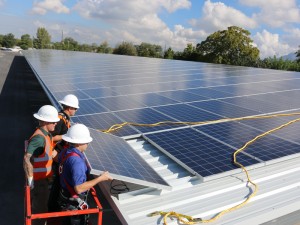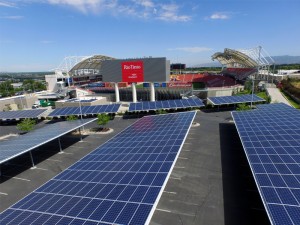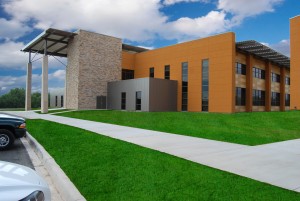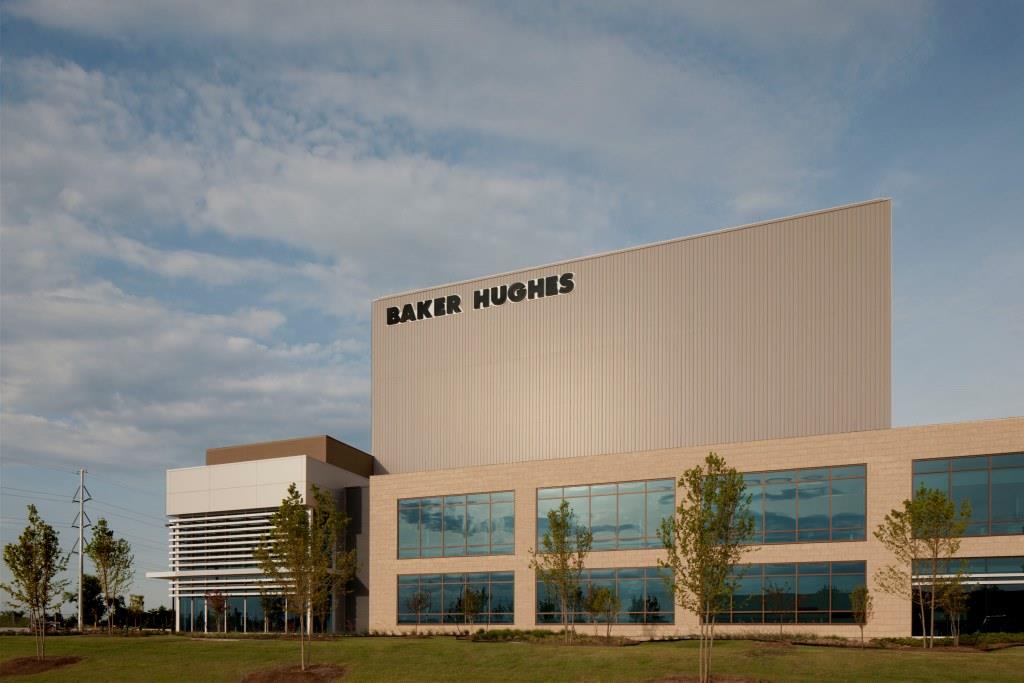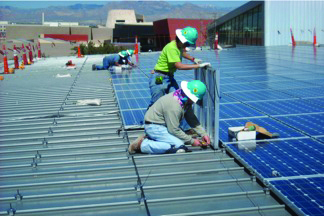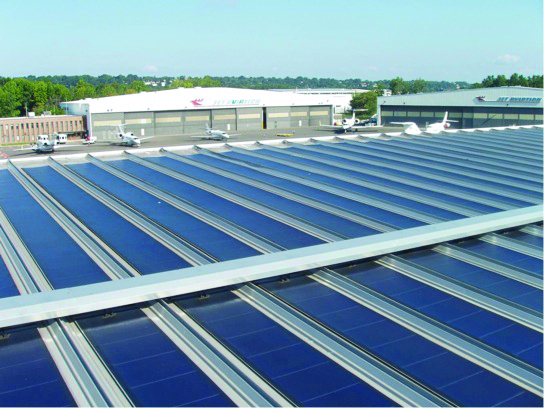As an engineer who works for a metal roofing company that also sells roof-mounted photovoltaic (PV) equipment, I have the incredible opportunity to help people turn their metal roofs into money making machines. That’s more literal than you think, especially if you have good incentive programs available to you or your electricity costs are high or varying over the course of the day. I’ll leave the environmental green reasons for another blog. I’m talking cold, hard cash here, folks. I’ll be very honest: A PV system is a sizable investment. But they can also have rates of return associated with them that make day-traders salivate.
However, I do find that the vast majority of my time is spent educating potential owners of PV systems on how these systems operate and how that translates into cash flow. Along the way, I have discovered many misconceptions that very smart people have about PV. I have listed them below and this is my attempt to put some of those things to rest. Are you ready? Let’s power on.
1) I have to put holes in my roof to support a PV system
Call me old school if you want, but from where I come, putting a hole in your roof is a bad thing. Fortunately, if you are blessed with a metal standing seam roof, there is a very good chance you can mount a PV system on it with ZERO roof penetrations. Zero, zip, nada, or as the soccer folks say, nil. There are some very good mechanical mounting systems out there and many of them do not require expensive aluminum railing because they attach directly to the roof seam. That’s a huge cost savings but in my opinion, the risk it mitigates is even more important. I may sound like Captain Obvious when I say this, but every time you penetrate a roof, you increase its chances of leaking in the future. This just in: Roof leaks are bad.
2) I need a battery system to work with my PV system
I run into this misconception every day. Unless your building is in a place where your electricity service is questionable or non-existent, batteries are not required or even advisable. Why? They are expensive, maintenance intensive and a power drain. Case-in-point: Your cell phone battery. Granted, they are typically different technologies than PV system batteries but the situation is very similar. If you’ve ever priced them, you know they are expensive. If you’ve ever had one that wouldn’t charge all the way because you haven’t been draining it all the way, you know they are maintenance intensive. And if you ever felt one get very hot as it charged that last 10% or while you were using your GPS, you know they waste power. (That heat energy has to come from somewhere, right?) They also only have about half the life expectancy as a PV system. By contrast, the electrical grid is like the world’s most perfect battery. It costs you nothing (I mean the grid itself, you obviously pay for it indirectly when you buy the electricity), it basically lasts forever and someone else is responsible for maintaining it and fixing it when it does break. But most importantly, when you put power into the grid, you get 100% price credit for that electricity, provided your utility supports net-metering. It’s really a no-brainer.
3) PV Systems only make electricity during the day
OK, this is not a misconception; it’s true. But so what? You don’t use electricity during the day? Your building probably uses more electricity during the day than any other time. And even if that’s not true, if you are a net-producer of electricity and your utility supports net metering, your meter simply runs backwards during this time, offsetting the cost incurred when you are using electricity. All of this with no battery involved. It’s why there are more grid-tied systems being installed now than battery systems and that trend is not likely to change. Furthermore, if you live in California or other places where your electricity rate is higher during the day than it is off-peak, PV systems can really have a huge impact on your bottom line because they are producing the most when demand is the highest.
4) My roof doesn’t face south, so it’s not worthwhile to put PV on it
Au contraire, roof azimuth has less effect than you might think and it is certainly secondary to what your incentive and electricity cost situations are. I won’t go into a deep technical explanation here, but I’ve learned one thing after years of running payback calculations on PV systems: If the money is right, the building is right. You may not have the absolute lowest payback or highest ROI theoretically possible, but the cash flow will still be very favorable. Also, don’t fall into the same thought process because you’ve heard that that the PV modules have to slope the same angle as your latitude. Oh look, that’s our next misconception!
5) My roof doesn’t slope enough to hold a PV system
While it is true that PV systems theoretically produce more electricity when they are pitched at an angle equal to your latitude, much like azimuth, this effect is far less than you think. Obviously, it’s not advisable to mount a PV system on the northern slope of a 12:12 (45 degree) roof. But like most things in life, PV electricity production operates on a sliding scale and the end result is a function of many factors working together. If you focus too much on any single factor, you’re missing the point. (To refresh, the point is to put money in your pocket.) And, THIS IS IMPORTANT, there are other more serious issues with racking and tilting systems that you have to contend with. Keep reading, this is getting serious.
6) I need to have a rack system on my roof to support the PV
Not true. PV systems work very well on flat or near flat surfaces. Besides, if you live in certain parts of the country where heavy snow or high winds are a concern, I’d highly advise you to stay away from rack systems. Think about this: What does a rack system look like to you? Spanish Armada-era sailboats sitting in a harbor, perhaps? Do you REALLY want an air foil on your roof if you live within reach of a hurricane? I’m guessing not. Perhaps even more dangerous is the potential snow accumulation that can happen under a rack-mounted PV system in snow country. This is a situation we engineers call aerodynamic shade and it is a serious concern from a structural standpoint. After alternating heavy snows and freeze-thaw cycles, hundreds of pounds per square foot of snow can gather under and around a roof obstruction and I doubt your building was designed for that. I highly encourage you to call your structural engineer and have this discussion with him or her before you put a rack-mounted PV on your roof. I’m being very serious here; the consequences are severe or even life-threatening.
So, there you have it. There are many more aspects of PV than I can cover in this forum but hopefully, this charges your brain and sheds some light on a subject that is just starting to heat up. Since I’ve obviously blown my pun quota, I’ll have to cut it here. But if you want more information, please visit www.mbci.com/solar.
